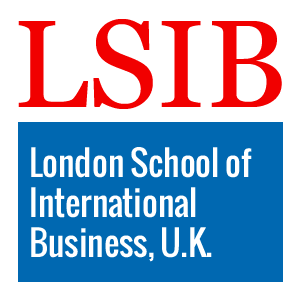Professional Certificate in Sustainable Textile Art
Published on June 24, 2025
About this Podcast
HOST: Welcome to the show, everyone! Today we're discussing a fascinating topic: sustainable textile art. I'm thrilled to have our guest, an expert in this field, join us. Could you please introduce yourself? GUEST: Hello! I'm Jane, a textile artist and instructor with a passion for sustainability. I'm excited to share my experiences and insights about ethical fashion and eco-conscious practices. HOST: That's wonderful, Jane! Let's dive right in. Can you share some of your personal experiences in sustainable textile art and why it's important to you? GUEST: Absolutely! I've seen firsthand the impact the textile industry can have on the environment. By learning sustainable dyeing techniques, using natural fibers, and practicing upcycling and zero-waste design, I've reduced my environmental footprint and expanded my creative possibilities. HOST: It's amazing how much impact we can have on the environment just by changing our practices. Speaking of which, what current industry trends are shaping sustainable textile art? GUEST: One significant trend is the growing interest in slow fashion, which encourages high-quality, long-lasting designs rather than fast, disposable clothing. Another trend is exploring alternative, plant-based materials for textile production. HOST: Slow fashion definitely seems to be gaining traction. But with any shift in practice, there must be challenges. What are some obstacles you've faced or observed in the field? GUEST: Accessibility and affordability can be significant challenges. Organic and sustainable materials can be more expensive, and not everyone has access to the resources needed for sustainable textile art. However, education and innovation are helping to address these issues. HOST: That's a great point. It's essential to make sustainable practices accessible to everyone. Now, let's look to the future. Where do you see sustainable textile art going in the next few years? GUEST: I believe we'll continue to see a shift toward eco-friendly materials, ethical production methods, and a stronger emphasis on slow fashion. As consumers become more environmentally conscious, I expect the demand for sustainable textile art to grow. HOST: It's certainly an exciting time for the industry. Thank you so much for joining us today, Jane! Your insights have been invaluable. To our listeners, be sure to check out the Professional Certificate in Sustainable Textile Art course for a deeper dive into these topics. Thanks for tuning in!
